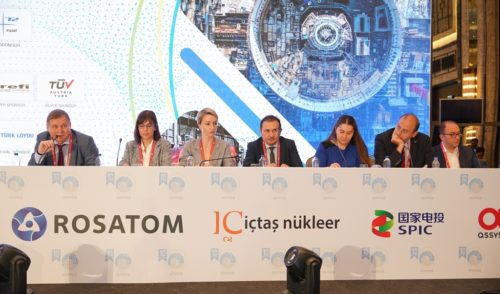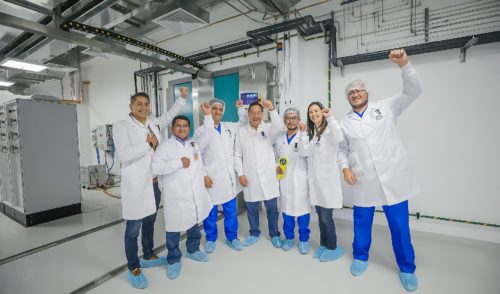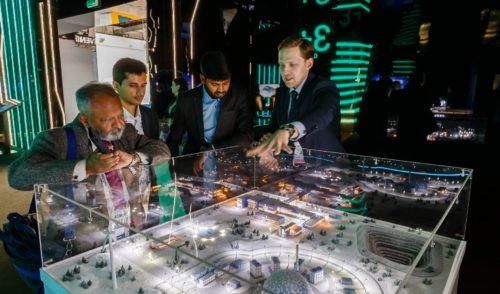News
21.10.2024

Belarus. Rosatom and Belarusian state-run company Beltamozhservis signed a memorandum of partnership and strategic cooperation. The parties will strive to expand trade, facilitate export, import and transit operations, acquire new customers for freight transportation, and ensure the availability and quality of logistics services. Beltamozhservis is a Belarusian fourth-party logistics (4PL) operator. “Partnership with Beltamozhservis provides tangible benefits for both parties, contributes to the sizable improvement of logistics services, and allows us to expand the scope of cooperation with Belarusian companies in implementing Rosatom’s projects,” said Stanislav Levitsky, Director of Rosatom’s country office in Belarus.

China. Rosatom’s mechanical engineering division shipped three steam generators for Xudabao Unit 4 under construction in China. Weighing a total of 1,000 tonnes, the equipment will be delivered to the construction site by road, river and sea. The first batch of equipment for this power unit – a VVER-1200 reactor pressure vessel and a steam generator – was shipped from the factory in mid-August 2024. The production facilities of the mechanical engineering division are now busy manufacturing other key systems and equipment for the Xudabao NPP, including a pressurizer, primary coolant pipes, reactor coolant pumps, etc. According to the contracts signed by the parties, Rosatom designs and supplies core equipment for the ‘nuclear islands’ of Xudabao Units 3 and 4 with VVER-1200 reactors and provides construction and commissioning supervision services.

Turkey. Rosatom presented a line of the latest technological solutions at the 18th International Congress and Expo Energy Is Future (EIF) 2024 held in Istanbul. The Russian nuclear corporation was the main partner of the event. Speaking at the opening ceremony, Akkuyu Nuclear Board Chairman Anton Dedusenko emphasized the role of nuclear power in addressing the Turkish energy agenda. Denis Sezyomin, Director for Construction and Production Organization at Akkuyu Nuclear, spoke about the progress of Turkey’s first nuclear power project. The topics raised by other speakers covered the importance of including nuclear into ‘green’ taxonomies, Rosatom’s comprehensive product offering for the Turkish market, and Rosatom’s energy storage solutions. Innovative solutions for large nuclear generation facilities were presented at Rosatom’s exhibition booth. The Russian nuclear corporation is building four power units with VVER-1200 reactors at Turkey’s Akkuyu NPP, with all the four units being built simultaneously. Akkuyu is one of the largest nuclear construction projects in the world.



















